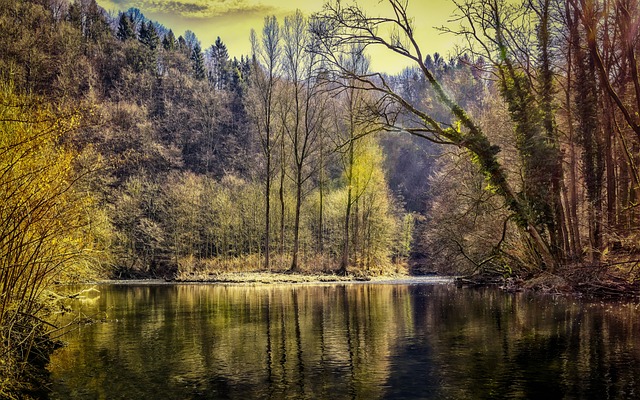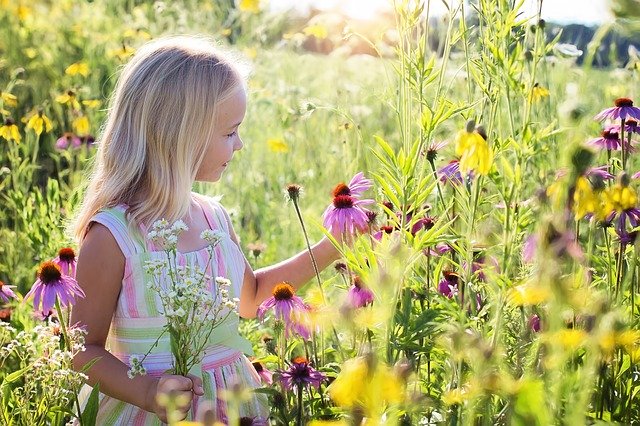I have previously written about the Health Story Collaborative created by Dr. Annie Brewster M.D. The Collaborative provides an online platform for individuals to share their story (through any medium) about their health challenges and their road to recovery. The stories provide healing for the storyteller and ongoing inspiration for others to overcome the challenge of ill-health in whatever form it takes. Annie Brewster is the author of The Healing Power of Storytelling: Using Personal Narrative to Navigate Illness, Trauma and Loss.
Creative Meetups
One of the programs offered by the Health Story Collaborative is Creative Meetups that are designed to cultivate “writing for expression and connection”. They are based on the firm belief that artistic expression of a person’s story can help them “find hope and healing”. These free workshops are offered every second Wednesday via the Zoom platform – they only require prior registration through the website.
The Creative Meetups are currently facilitated by Annie Robinson, who has completed a Masters in Narrative Medicine and is a qualified meditation, mindfulness and yoga teacher. In her private practice, Annie helps health professionals, including nurses and doctors, by training them in wellbeing, reflection and resilience. She also assists individuals in various life transitions and is co-curator of the podcast for health professionals, Thriving in Scrubs.
My experience of a Creative Meetup
I recently participated in my first Creative Meetup – initially with some uncertainty, not knowing what would be involved and how vulnerable I would feel. The Meetup facilitated by Annie had about 12 participants, both male and female. The process usually involves Annie providing some form of stimulus for reflection followed by a period for individual creative writing that can take any form a participant desires, e.g., a poem, picture, narrative or dot points.
Annie explained at the outset that she was departing from her usual practice of having two participants read out a piece of writing, e.g. a poem, that can act as a stimulus to reflection. On this occasion, she shared an abstract painting that featured a number of colours with a pattern that suggested “reflection” to me.
Our Meetup process involved an initial two minute writing task where we reflected on what the painting meant for us as individuals, there being “no right answer”. This was followed by a brief sharing by some people who wished to share with the larger group. We were then assigned the task of taking a sentence from our earlier reflection and expanding on this over a period of 20 minutes of individual creative writing (with no restrictions on form or length).
When we had completed our creative writing, Annie placed us into Zoom “rooms” of three or four people to share at another level. Participants were encouraged to share only what they felt comfortable sharing with no pressure for full disclosure. The small group environment enabled rapid rapport building and a degree of openness that was disarmingly honest (destroying any erroneous first impressions that may have been formed).
As one participant commented in the larger group, there was a common bond amongst participants in that we were all dealing with a health challenge (however varied in nature and complexity) and were seeking healing through writing and sharing. Reg Revans, the Father of Action Learning, would describe us as “Comrades in Adversity” (or as others put it, “Comrades in Opportunity”).
The environment created through the Creative Writeup process was one of trust that facilitated openness and vulnerability by participants. There was a shared sense of journeying towards healing with the aid of the understanding, empathy and mutual support offered by fellow participants. Annie’s low-key facilitation style and active listening modelled appropriate behaviour for participants.
I was blown away in the small group by the creative writing that was shared. In one case, this involved a poem that expressed the meaning for the participant of each of the colours in the painting – an insightful and revealing piece of writing that we asked the storyteller to read a second time because it was so rich. Another involved an allegorical story that was emotive and self-disclosing and left us all feeling loving kindness towards the person who shared so vulnerably.
One of the features of the small group was the way that one person’s shared reflection stimulated reflection by another person and achieved a deeper level of self-disclosure. Participants could relate to some aspect of a shared situation, response or recovery approach. We were each able to learn from the storytelling.
Reflection
During the small group sharing, I was able to share with others how expressing gratitude for what I am able to have and do was a recovery mechanism for me following my diagnosis of multi-level spinal degeneration. It also empowered me to seek alternative medical assistance in the form of an exercise physiologist who helped me return to tennis when my doctors told me that I would never play again.
The painting that Annie shared reminded me of the art of reflection – having spent most of my working life in studying, teaching and practicing action learning. Reflection underpinned the way I played tennis, conducted workshops, managed people and interacted with others.
More recently, through reflection, I came to understand that one of my personal barriers to active listening was my need to come from an “I know” perspective rather than what Frank Ostaseski recommends as a “don’t know mind”. The “don’t know” approach is foundational to action learning, so my listening behaviour was not congruent with what I espoused about action learning. Reg Revans reminds us that, ”If you think you fully understand something, you are not only going to get yourself in trouble but others as well.” Reg encourages us to “ask fresh questions” and to develop “questioning insight”. He frequently quoted Isaac Newton’s comment about studying some interesting shells and pebbles in his lifetime “whilst the great ocean of truth lay all undiscovered before me”.
At the time, I attributed this personal barrier to active listening to my many years as an academic. I realised, too, that the “I know” perspective accounts in part why I had so much resistance when trying to introduce action learning into my university. It also explains why in the first year of an action learning program that I was facilitating in another university, the hierarchy insisted on removing “become a learning organisation” from the vision statement for the program (they re-inserted it after their experience of the first year of the program and its outcomes).
As I grow in mindfulness through reflection and activities such as the Creative Meetups, I am better able to develop resilience to deal with life’s challenges, gain increased self-awareness and cultivate deep listening to enrich my relationships.
________________________________
By Ron Passfield – Copyright (Creative Commons license, Attribution–Non Commercial–No Derivatives)
Disclosure: If you purchase a product through this site, I may earn a commission which will help to pay for the site and the resources to support the blog.

